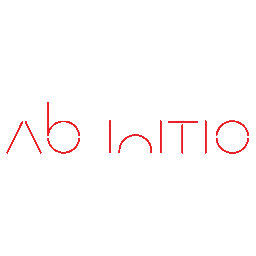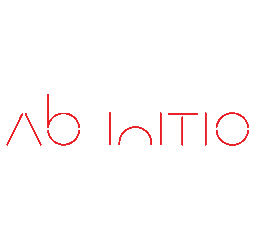The past decade or so has seen a dramatic rise in data driving business decisions for various organizations. As the pace of change leads to the creation of more data every day, businesses need powerful tools capable of shaping the information in a way that helps them make better choices and gain an advantage over competitors.
What is ETL Software?
ETL software supports extract, transform, and load (ETL) data integration processes. With ETL tools, companies can build data warehouses that consolidate the data required by the company to help them come up with business strategies. In addition, by using ETL software to create a centralized data location, business users have an easier time performing data analysis and generating reports around various initiatives.
In today’s fast-paced world, many ETL software products have evolved to support the need to work with unstructured data. There’s been a proliferation of new data sources made available that require tracking and querying. Modern ETL solutions provide users with more flexibility to make real-time business decisions while working with structured and unstructured data.
In addition, newer ETL software can integrate with both on-premises and cloud data environments like Amazon Redshift and Microsoft Azure. As a result, developers can move data in real-time and make schema changes at any given point.
Some tools support ETL and ELT (extract, load, transform), where information gets loaded to a data warehouse before transformation. It’s a way for users to leverage the power of cloud data warehouses to perform tasks like joins or take on complicated calculations.
Why Should Companies Use ETL Software?
ETL processes and data warehousing are essential to an organization’s data analytics efforts. Companies store data in warehouses using ETL tools that clean the data before populating and updating information. As a result, ETL is essential to organizations pursuing big data, machine learning, data analytics, metadata, and business intelligence projects.
In addition, most ETL platforms provide detailed logs that help company efforts at auditing, troubleshooting issues, and finding incorrect information populated within a data store. Those efforts help ensure that the data used by the organization is of high quality.
Companies can also use ETL to support data governance by organizing how data gets read, processed, and written in various stages. That enables users to find potential problems and research what went wrong.
How Does ETL Software Work?
ETL processes typically start with the extraction of information from a data source. Users rely on ETL tools to pinpoint the correct data source, which can include:
- Relational and non-relational databases
- SaaS platforms
- Websites
- Computer files
- Flat files
- Excel files
- XML files
Since a lot of the information contained within different sources may not be relevant to your task, a user must construct the ETL process to only focus on the data they wish to keep. From there, the user must figure out the type of infrastructure needed to move the information through the ETL data pipeline.
Next, the user sets up a transformation, which manipulates the data into the proper format. Transformation can include removing duplicate or inaccurate data, joining different data sources, validating the integrity of the information, and performing calculations.
Finally, the user decides on the destination for the data. Then, depending on the user’s needs, they leverage the ETL software to store the newly transformed information into places like a structured data warehouse or an unstructured data lake.
What Are Some Common Features, Functions, and Capabilities of ETL Software?
Many modern ETL tools feature a drag-and-drop interface that makes it easier for users to get up and running on the software. However, some ETL products require more advanced knowledge from technical users. Most ETL tools hide the lower technical functions of the platform from users. They typically develop the logic of how the ETL process should function and leave it to the ETL software to handle the implementation.
Other features typically offered by top ETL software vendors include:
- Support for team-based development
- Mechanisms for data cleansing
- Data profiling
- Support for metadata management
- Ability to schedule jobs
- Dashboards
- Reporting capabilities
- Integration with different databases for extraction of data into one platform
- Ability to connect with multiple systems
Let’s look at some of the different types of ETL software available:
- Code-based — Users rely on programming tools capable of supporting different programming languages and operating systems.
- GUI-based — The platform provides users with visual aids, such as drag-and-drop features, that allow them to view and execute ETL activities without writing code.
- Metadata support — The platform maps source data to a target database. Users create templates that control data migration and allow the management of data mapping rules.
- Real-time processing — The ETL software processes data and gives users immediate updates.
What are the Pros and Cons of ETL Software?
One benefit of using ETL software is that it makes it easier for users to bring together resources from web services, databases, and files. In addition, the tool makes management and tracing of information flows much more straightforward than coding a data solution.
ETL software works well for tasks involving moving large amounts of information and transferring them via a batch process. Companies may also want to turn to ETL software to handle complex data transformation processes like string manipulation and mathematical calculations.
ETL tools may not be ideal for situations where you require real-time access to data. They tend to work better for established data transformation processes. ETL tools tend to be more beneficial to DBAs, developers focused on data processes, and business users with a solid understanding of the SQL query language and data infrastructures like warehouses.










